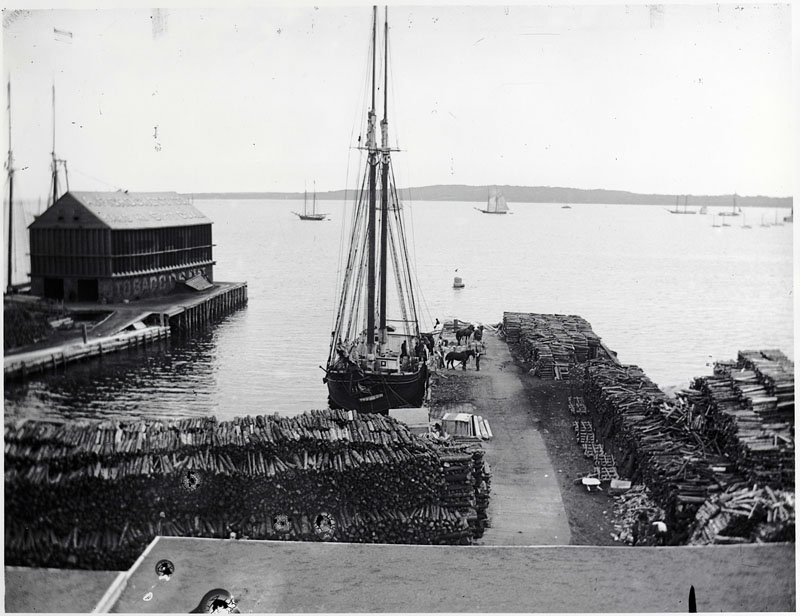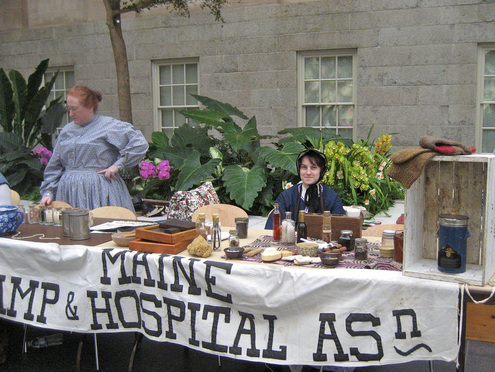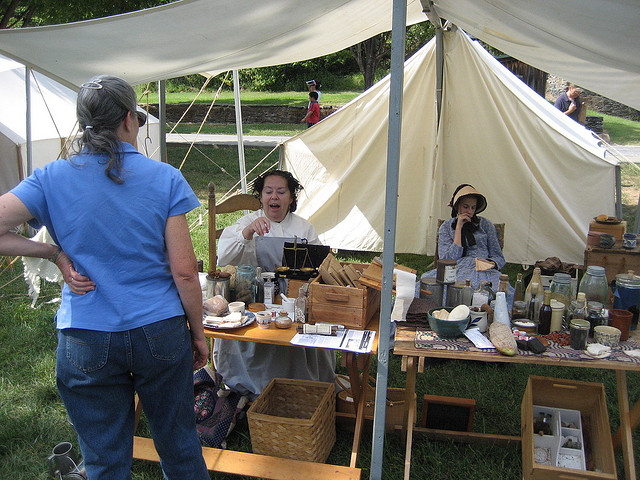It's easy to forget that elastic did exist during the war. If you find a journal with an elastic band. This add is from Harper's Weekly 1862.
MAGIC POCKET BOOKS, with elastic band, for the new Postage Currency, made and sold wholesale and retail by SNOW & HAPGOOD, Pathfinder Office, 22 Court Street, Boston, Mass. Agents wanted. Sample sent, post-paid, for 15 cents.
MAGIC POCKET BOOKS, with elastic band, for the new Postage Currency, made and sold wholesale and retail by SNOW & HAPGOOD, Pathfinder Office, 22 Court Street, Boston, Mass. Agents wanted. Sample sent, post-paid, for 15 cents.


